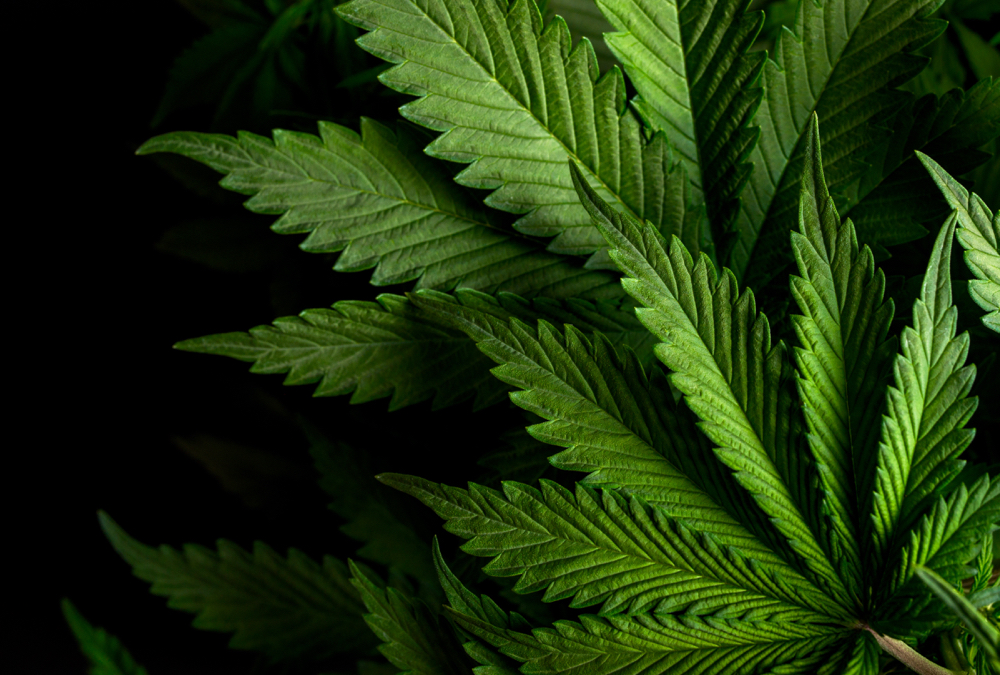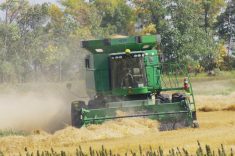It didn’t take long for cannabis to become a major crop in Canada.
It was legalized for recreational use in October 2018. In 2019 cannabis cash receipts of $2.3 billion put it fourth behind canola ($8.6 billion), wheat, excluding durum ($5.4 billion), and soybeans ($2.5 billion).
Cannabis narrowly beat grain corn which in 2019 generated cash receipts of $2.2 billion.
Barley and oats were further back at $949.4 million and $634.8 million.
The numbers were reported by Statistic Canada last week.
Cash receipts for canola, wheat and soybeans were down seven, five and 18 per cent from 2018.
Read Also

Mazergroup’s Bob Mazer dies
Mazergroup’s Bob Mazer, who helped grow his family’s company into a string of farm equipment dealerships and the main dealer for New Holland machinery in Saskatchewan and Manitoba, died July 6 from cancer.
Oat and barley receipts were up 13 and 28 per cent from 2018.
Cash receipts from sunflowers, lentils, canary seed, dry peas, and chickpeas were up 18, 23, 30, eight and 32 per cent, respectively.
When looking at cash receipts, it’s important to consider the cannabis effect, J.P. Gervais, Farm Credit Canada’s vice-president and chief agricultural economist, told reporters during a telephone conference May 27.
For example, while total farm cash receipts of $66 billion were up six per cent, it is just a three per cent increase when cannabis is removed, he said.
“It’s less of a positive story, but still a positive story in my mind,” he added.
“It’s an industry that has grown quite significantly.”
Total crop receipts of $36.6 billion were up four per cent, but if cannabis isn’t counted, crop receipts dropped by one per cent, Gervais said.
Livestock receipts were up five per cent, or $1.27 billion, to $26.3 billion, StatsCan’s report shows.
Cattle generated $8.5 billion in cash receipts, up three per cent or $286 million.
Calves generated another $927 million in receipts, up two per cent or $17.4 million.
Milk production resulted in almost $7 billion in cash receipts up five per cent or almost $341 million.
Cash receipts from hogs were up 14 per cent or $475.4 million to $4.6 billion.
In Manitoba, crop receipts of $4 billion, were down four per cent, but still accounted for most of the $6.6 billion in total farm cash receipts.
Total Manitoba livestock receipts of $2.4 billion were up five per cent from 2018.
Much of it — $1.1 billion — came from hog production. Manitoba hog receipts were up nine per cent or $92.3 million.
Calf cash receipts in Manitoba jumped 19 per cent, or $14.4 million to total almost 92 million in 2019.
Milk cash receipts in Manitoba were up six per cent or $17 million totalling $317.3 million.




















